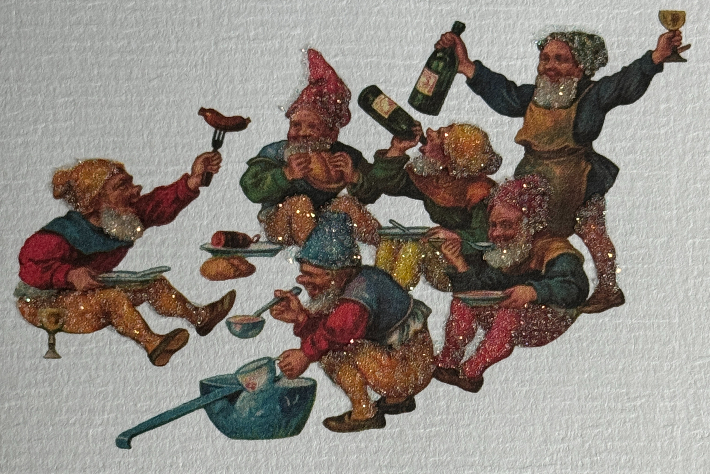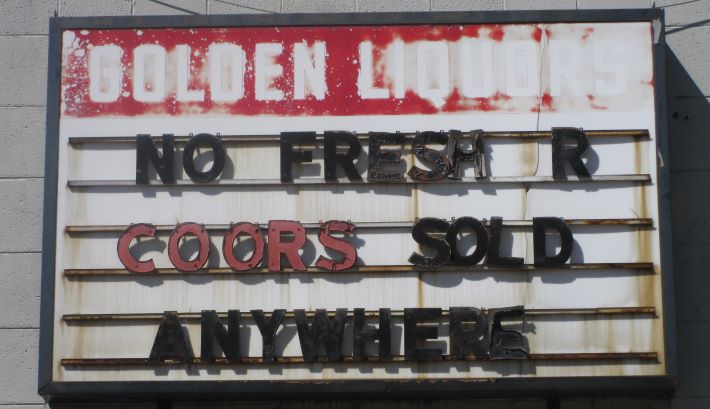There were many words spilled over beer last week, including some from Jeff Alworth related to one of my favorite topics: authenticity. He even headlines a phrase, “authenticity trap,” that I almost always have to explain during conversations with brewers.
In his post he leans to a passage in which “Holt demonstrates how iconic brands exude authenticity by encompassing political and cultural authority as resources for self-expression.” I’m pretty sure that is Douglas Holt, a marketing consultant who along with his partner Douglas Cameron, was responsible for the tagline “Follow your folly, ours is beer,” that New Belgium Brewing used for more than a decade.
In 2003, Holt and Cameron created a commercial that features a character they called The Tinkerer, who finds an old bicycle at a garage sale, carefully restores it, and then happily rides it into the Colorado countryside.
They outline their strategy for New Belgium in a chapter called “Fat Tire: Crossing the Cultural Chasm” within their book, “Cultural Strategy: Using Innovative Ideologies to Build Breakthrough Brands.” As well as Fat Tire, those brands include Nike, Jack Daniels, Patagonia and others. The word authentic comes up in most chapters, but usually as a given and without a definition of what it means to be authentic. What is clear is how important whatever they label authenticity is to those focused on marketing.



